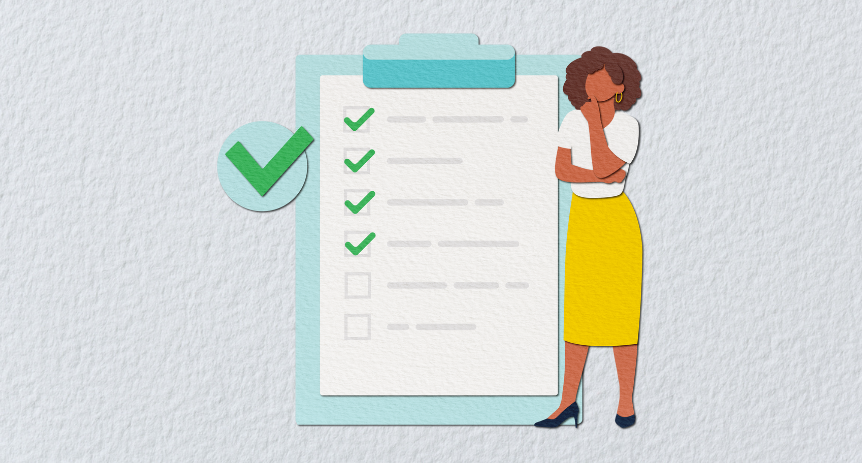Substitute teachers are granted much more flexibility in their positions than full time teachers. Whether that’s the number of days worked per week, what subject they’re teaching, or even which school they go to, no two weeks are the same.
While the newness can be exciting, the unpredictability of it all may eventually wear off.
For those who love substitute teaching, routine, and a little excitement, then permanent substitute teaching may be for you.
What is a permanent substitute teacher?
Unlike standard subs, permanent substitute teachers become a part of the school that they work for. While their day-to-day tasks may change, the sub will remain in the same school for an entire year, building connections with students, faculty, and teachers.
Permanent substitute teachers have the same responsibilities as regular substitutes, but their tasks may change depending on the day. They can fill in for teacher absences, long or short, due to PD, illness, or simply because the full-time teacher is running late. Most of the responsibilities will look familiar to a veteran sub, but additional duties may include:
- Assigning homework
- Developing lesson plans
- Managing the class
- Developing relationships with students
- Collaborating with other staff and teachers
What’s the difference between an occasional and permanent substitute teacher?
The primary distinction between an occasional substitute teacher and a permanent substitute teacher lies in their employment stability and responsibilities. An occasional sub, also known as a day-to-day sub, is called in as needed to cover for absent teachers on a temporary basis, often with little notice and for varying durations. They typically follow the lesson plans provided by the regular teacher and focus on maintaining classroom order and continuity for the short term.
In contrast, a permanent sub holds a more stable position within a school, often employed full-time or on a long-term basis. They are regularly assigned to cover different classes as needed, providing consistent support across various subjects and grade levels. Permanent subs are more integrated into the school community, familiar with the school’s routines, policies, and student body, which allows them to offer a more seamless transition for students and maintain a higher level of continuity in instruction.
Why become a permanent sub
In addition to supporting permanent teachers, faculty, and students, there are a number of benefits for permanent substitute teachers:
Stability
While early morning calls for sub jobs are a thing of the past for Swing subs, there’s something to be said for knowing exactly where you’re working each day. While day-to-day duties may differ, you’ll be working with the same group of staff at the same school for an entire year.
Deepen connections
Working at one school for an entire year almost guarantees you’ll build relationships with teachers, faculty, and students. Whether you bounce around classrooms or set up shop in just one, students will respect you sticking around for the long haul, while teachers will feel confident in your ability to manage their classes.
Grow your skills
A permanent subbing position allows for more skill development than just classroom management. In addition to mastering flexibility and adaptability, permanent substitute teachers will become experts in time management, leadership, communication, organization, and more.
Work up to full time teaching
If full-time teaching is on your goals list, then working as a permanent sub is a great jumping-off point. The connections you make with teachers and faculty will give you a leg up when looking for a permanent teaching position.
Permanent substitute teacher pay
There are lots of factors to consider when discussing teaching pay rates permanent subs.
The first, and most important, factor to take into account is location. Pay range greatly varies based on where you will be working. For example, a sub in Texas can make approximately $107 per day, while a sub in California can make up to $316 per day. Even then, pay can differ depending on what city or district you’re working in.
If you have a certification, are a retired teacher of the district, or are working in a special education classroom, there also may be certain monetary incentives to boost your pay rate.
STATE INFO ON BECOMING A SUBSTITUTE TEACHER: New Jersey | Texas | New York | Arizona | Washington D.C. | California
If you’re looking to become a regular member of a school community, build and deepen relationships, and grow transferable skills, becoming a permanent teacher may be the perfect opportunity for you.






